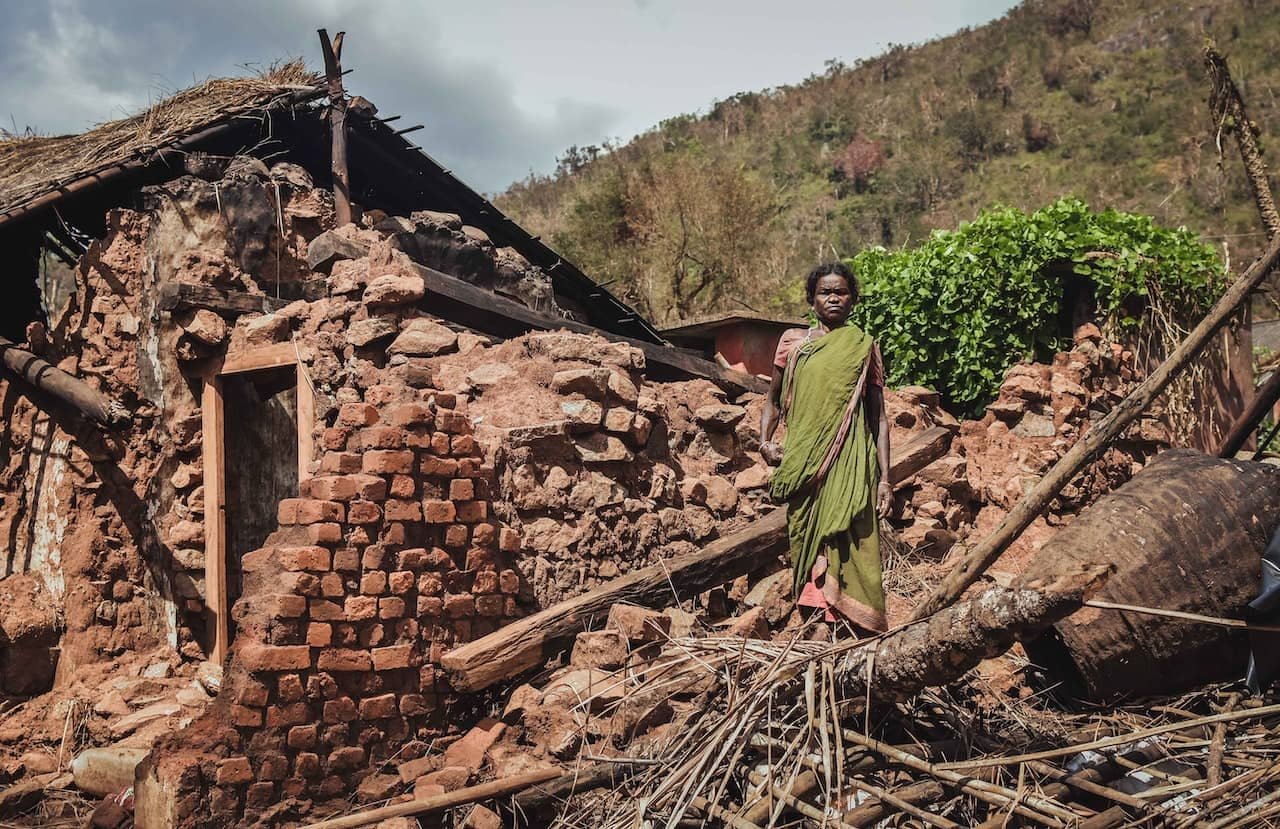Disasters have influenced society and people throughout history, changing the course of events. This article examines some of the most well-known historical catastrophes and their far-reaching effects. Find out the important lessons that may be drawn from these sad occurrences, whether they are caused by natural disasters or human error.
| Disaster | Consequences |
| Pompeii Eruption (79 AD) | Preservation of Roman archaeological sites |
| Titanic Sinking (1912) | Improved maritime safety regulations |
| Chernobyl Disaster (1986) | Global awareness of nuclear safety |
| Great Fire of London (1666) | Urban planning reforms |
| Hurricane Katrina (2005) | Highlighted flaws in emergency response systems |
| Tenerife Airport Disaster (1977) | Enhancements in aviation safety protocols |
| Hindenburg Disaster (1937) | Decline in popularity of airships |
| San Francisco Earthquake (1906) | Development of modern earthquake engineering |
| Bhopal Gas Tragedy (1984) | Increased awareness of industrial safety |
| Challenger Space Shuttle Disaster (1986) | Improvements in space shuttle safety |
| Chernobyl Disaster (1986) | Shift in public perception of nuclear power |
| Triangle Shirtwaist Factory Fire (1911) | Improved workplace safety regulations |
| The Great Famine (1845-1852) | Mass emigration from Ireland |
| Exxon Valdez Oil Spill (1989) | Strengthened oil spill prevention measures |
| Haiti Earthquake (2010) | International aid and humanitarian response |
| Fukushima Nuclear Disaster (2011) | Review and enhancement of nuclear safety regulations |
| Deepwater Horizon Oil Spill (2010) | Heightened focus on offshore drilling safety |
| Chernobyl Disaster (1986) | Creation of exclusion zone and long-term environmental impact |
| Tōhoku Earthquake and Tsunami (2011) | Enhanced tsunami warning systems |
| Mount Vesuvius Eruption (79 AD) | Destruction of Pompeii and Herculaneum |
| Halifax Explosion (1917) | Development of safer shipping practices |
| The Dust Bowl (1930s) | Adoption of soil conservation methods |
| Three Mile Island Accident (1979) | Improved nuclear plant safety protocols |
| Great Chicago Fire (1871) | Urban rebuilding with fire-resistant materials |
| Indian Ocean Tsunami (2004) | Strengthened global tsunami warning systems |
| Centralia Mine Fire (1962-present) | Abandonment and relocation of town residents |
| Oklahoma City Bombing (1995) | Increased security measures in public spaces |
| London Smog (1952) | Implementation of clean air regulations |
| Challenger Space Shuttle Disaster (1986) | Improved communication among NASA teams |
| Bhopal Gas Tragedy (1984) | Legal and compensation reforms for industrial accidents |
| Chernobyl Disaster (1986) | Shift towards stricter nuclear power plant regulations |
| Titanic Sinking (1912) | International Ice Patrol established for iceberg monitoring |
| Mount St. Helens Eruption (1980) | Strengthened volcano monitoring and research |
| Great Lisbon Earthquake (1755) | Adoption of earthquake-resistant architecture |
| Johnstown Flood (1889) | Establishment of flood control measures |
| Texas City Disaster (1947) | Improved safety regulations for handling hazardous materials |
| Chernobyl Disaster (1986) | Impact on public perception of nuclear energy and its risks |
| Galveston Hurricane (1900) | Construction of a seawall to protect against future storms |
| Titanic Sinking (1912) | Enhanced safety measures for passenger ships |
| Pompeii Eruption (79 AD) | Valuable insights into ancient Roman civilization |
| Hindenburg Disaster (1937) | Decreased confidence in hydrogen-filled airships |
| San Francisco Earthquake (1906) | Modernized building codes and seismic regulations |
| Bhopal Gas Tragedy (1984) | Strengthened chemical safety standards |
| Challenger Space Shuttle Disaster (1986) | Redefined safety protocols for space missions |
| Chernobyl Disaster (1986) | Establishment of international nuclear safety standards |
| Triangle Shirtwaist Factory Fire (1911) | Improved labor laws and workplace safety regulations |
In conclusion, well-known catastrophes have permanently altered history and serve as a warning about how frail human life is. Societies have made essential adjustments to their systems as a result of the lessons learnt from these sad occurrences in order to avoid repeat disasters. Understanding the effects of these calamities allows us to learn more about community resilience, the value of preparation, and the tenacious spirit of recovery.



